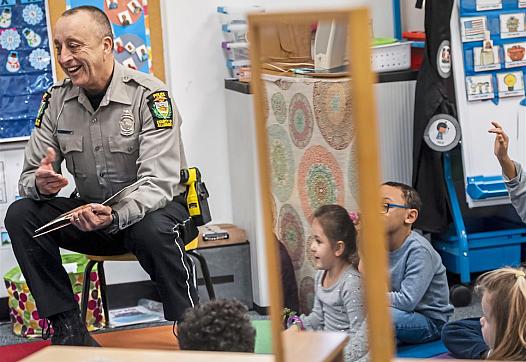
Domestic Violence


Journalists seeking to include the voices of survivors in their stories should start with the most important maxim: Do no harm.
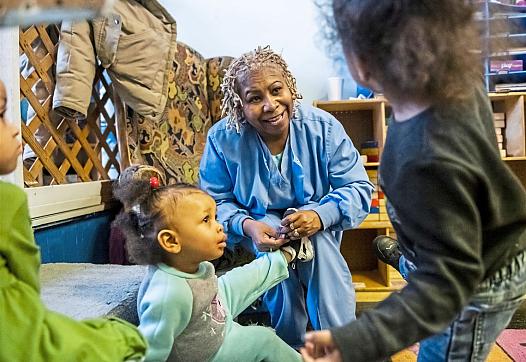
This story was produced as part of a larger project, "Growing Up through the Cracks," led by Rich Lord, a participant in the USC Center for Health Journalism's 2018 Data Fellowship.
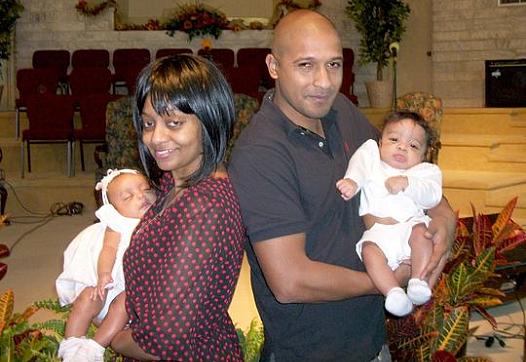
Witnessing abuse carries the same risk of harm to children's mental health and learning as if the children had been abused directly, new research shows.

Survivors of domestic assault and their advocates say Ernst's story is yet more evidence that domestic violence can happen to anyone.
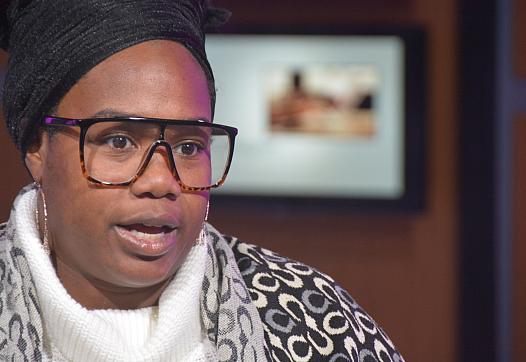
DC education and health advocates, parents, students and others argue that something like a Marshall Plan is needed to deal with a crisis in childhood trauma.

The children who end up buried the deepest in the criminal justice system were often victims of extensive trauma before they played a part in killing others.
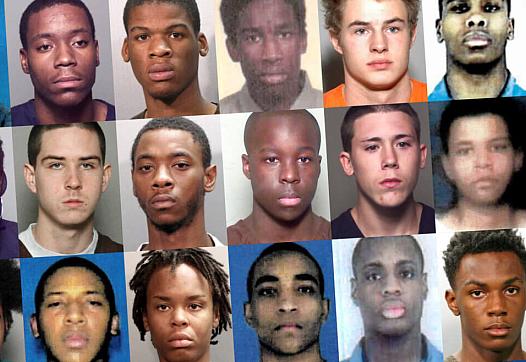
Prison inmates detail the crippling obstacles faced by many of the Jacksonville, Florida children involved in homicides.
This article and others forthcoming on this topic are being produced as part of a project for the University of Southern California Center for Health Journalism’s National Fellowship, in conjunction with the USC Annenberg School for Communication and Journalism.
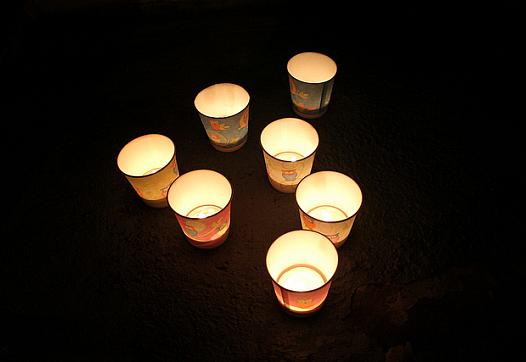
In light of the November 7 mass shooting in Thousand Oaks, California, the Center for Health Journalism is sharing some past reporting and resources for reporters who find themselves covering tragedies such as this.
